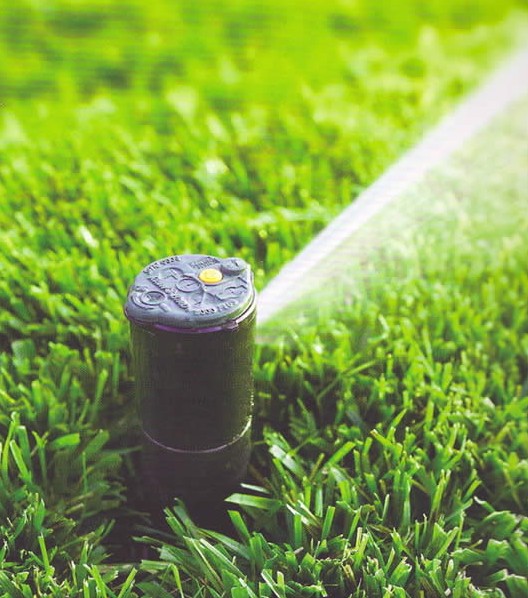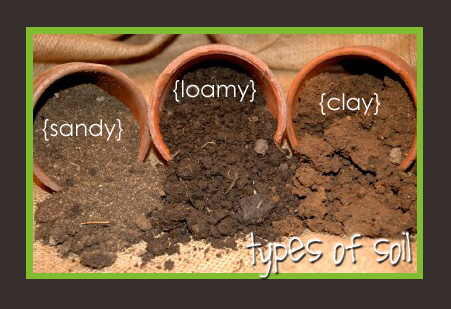Proper watering and irrigation are key to maintaining a healthy, green lawn
 If you’ve got a brown, dry lawn, proper watering and lawn irrigation tips may provide the solution. If you are following these guidelines below and still have a brown lawn or dry patches (LDS Localized Dry Spots), you could use a soil surfactant or Endurant organic turf colorant.
If you’ve got a brown, dry lawn, proper watering and lawn irrigation tips may provide the solution. If you are following these guidelines below and still have a brown lawn or dry patches (LDS Localized Dry Spots), you could use a soil surfactant or Endurant organic turf colorant.
As water becomes a scarce resource and costs increase, conservation and management also become crucial to efficiently maintaining a healthy green lawn and landscape while protecting the environment. Proper watering of home lawns alone would have a dramatic effect on water conservation.
Collectively, home lawns have a dramatic impact on water usage. Here you can learn tips for proper watering to ensure healthy plants, while also preserving this valuable resource.
The One-Inch Guideline to Proper Watering and Irrigation
Specific water requirements can vary depending on the species of your grass, condition of the soil, climate of your area, as well as your desired aesthetic appeal. Nonetheless, a general rule is that turfgrass generally needs about one inch of water a week while growing to stay green. Proper watering means not overwatering.
Drought resistant varieties of cool season grasses can thrive with less water and many warm season grass varieties may also survive with much less than one-inch of water per week. Grass should not need more than an inch per week to maintain proper watering. If it’s taking more water than that to keep soil moist, or you’re using more than that and still have a brown, dry lawn, check out www.DryLawn.com, read more below &/or consider a soil surfactant.
The healthiest turf is somewhat thirsty turf. Turf grass that is not overwatered will encourage the roots to grow deeper, leading to lasting health and water conservation.
Hopefully, rain is the main source of water for your lawn, and then you supplement with lawn sprinklers or an irrigation system for consistent proper watering.
 However, due to drought and water restrictions, many lawns are essentially forced to brown out. In these cases, dry, brown and dormant lawns will remain that way until the rain returns. Unless you choose Endurant organic turf colorant to turn your brown, drought-stricken lawn into a green lawn.
However, due to drought and water restrictions, many lawns are essentially forced to brown out. In these cases, dry, brown and dormant lawns will remain that way until the rain returns. Unless you choose Endurant organic turf colorant to turn your brown, drought-stricken lawn into a green lawn.
As a lawn that is dormant due to drought is not actively growing, or at least not quickly, Endurant is long lasting, making it the most environmentally friendly solution and the greatest economic and aesthetic solution available in areas of drought, such as California. Select from an array of Endurant organic turf colorants.
Proper watering and irrigation tips for a healthy lawn and landscape:
- Watering deeply once or twice per week is better than watering a little every day. This will mimic natural weather patterns and lead to deep root growth and increased drought, pest and disease tolerance.
- The ideal time to water the grass is between 3 a.m. and 6 a.m. Watering at night may promote turf grass diseases. Watering in the day causes water to be lost to evaporation.
- Apply any fertilizers, soil conditioners or other treatments prior to rainfall.
- Manage thatch to ensure water penetration. Soil surfactants that improve microbial activity and microorganisms can help manage thatch.
- Mow high for increased moisture reserves in the leaf blades and roots.
- Equip sprinkler systems with rain sensors.
- Check there are no leaks.
- Ensure coverage is even across the lawn.
- Grass stressed from lack of water will go dormant, not die.
- Mow less frequently during drought and heat stresses on the lawn.
- Consider drip irrigation for a garden or when practical, water the soil not the plant leaves or tree trunks.
- For trees and shrubs, water away from the trunk, several feet in circumference beyond the canopy of the tree or shrub.
- Surfactants and wetting agents, including Penterra to get water to penetrate and move through the soil, as well as Humawet or SoiPlex to retain water, offer the fastest solution to water management.
- Longterm, mulching can help to improve soil and plant health, improving water management, water conservation and drought resistance of plants in addition to fast results with soil surfactants.
What type of soil do you have?

- Sandy soil: Have lots of air spaces between the particles. Allows for good drainage, but sometimes too good of drainage.
- Clay and compacted soil: Soil that does not drain well, leaving water sitting on the surface and having few air spaces between soil particles.
- Loam: Middle ground between sand and clay. Loam absorbs water well and dries at a nice moderate rate. It is high in organic matter.
Now that you know your soil type, which surfactant is best to turn your brown dry lawn to a green healthy lawn while using less water?
Sandy soil:
You need your soil to retain more water. SoilPlex is the organic solution for an organic garden, lawn or landscape that is not retaining water. Humawet is the other earth-friendly soil surfactant solution for sandy soils where water is draining too quickly. Get your green grass now.
Clay and compacted soil:
Water is sitting on the surface of your clay or compacted soil. You need Penterra, the fastest-acting soil surfactant, to keep water moving deep through the soil rather than sitting on the surface. Get green grass here.
Loam:
If you’re properly watering, not in a drought and aren’t under strict water restrictions, your loam soil type should yield a green lawn. If you are experiencing drought and water restrictions, consider Endurant organic turf colorant to turn your brown lawn to a green lawn.
Learn more at www.DryLawn.com

